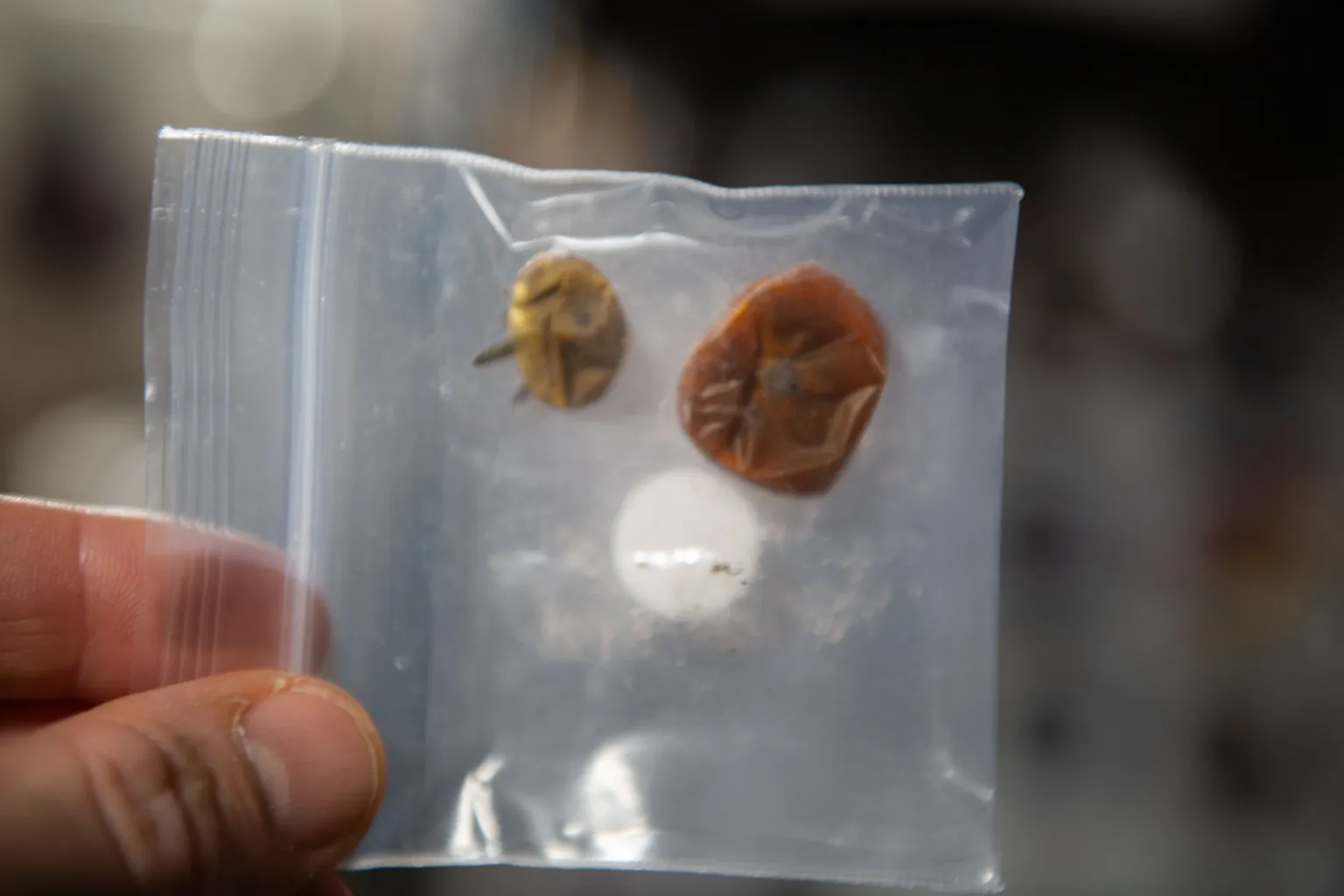Most people would like to believe that electric cars are the solution to global warming. The truth, is, though, they are only a small piece of the puzzle. Large amounts of CO2 are released into the atmosphere by other industries, and not just in the transportation sector. For instance, “gray” ammonia production is to blame for 1.2% of the world’s CO2 production, yet it’s the sector where we could make the most immediate difference.
And three Danish energy companies kickstarted what could significantly cut humanity’s CO2 pollution in the next few decades. It’s called a green ammonia plant, and the first one has already been established in the town of Ramme, Denmark. Topsoe, Skovgaard Energy, and Vestas won the €11 million grant from the Danish Energy Technology Development and Demonstration Program, and say that their plant will produce 5,000 tons of green ammonia annually while cutting 8,200 tons worth of CO2 emissions.
The Danish green ammonia plants are coupled with renewable power sources, like wind and solar. They use the inherent fluctuations in power output from renewable sources to power their electrolysis and ammonia synthesis loop, thus optimizing production and ensuring low cost. Moreover, it can be transported through the same pipelines as gray ammonia.
What is ammonia, though, and why do we need so much of it? For starters, it’s widely used for making fertilizer, which is crucial in food production. Furthermore, ammonia is used as a hydrogen carrier, as it contains three hydrogen atoms bound to a nitrogen atom. In addition, ammonia has been recently proposed as a replacement for diesel fuel in long-haul ships and trucks. So, yeah, we might need even more of it in the future.
The Danish green ammonia plant is only the beginning, with several more such projects being readied across the world. For instance, the Canadian company FuelPositive commissioned a scalable plant in the city of Winnipeg, with pilot plants already working in the UK and Japan. Australia, Morocco, and the Netherlands will soon follow, where green ammonia plant projects have already been demonstrated.






